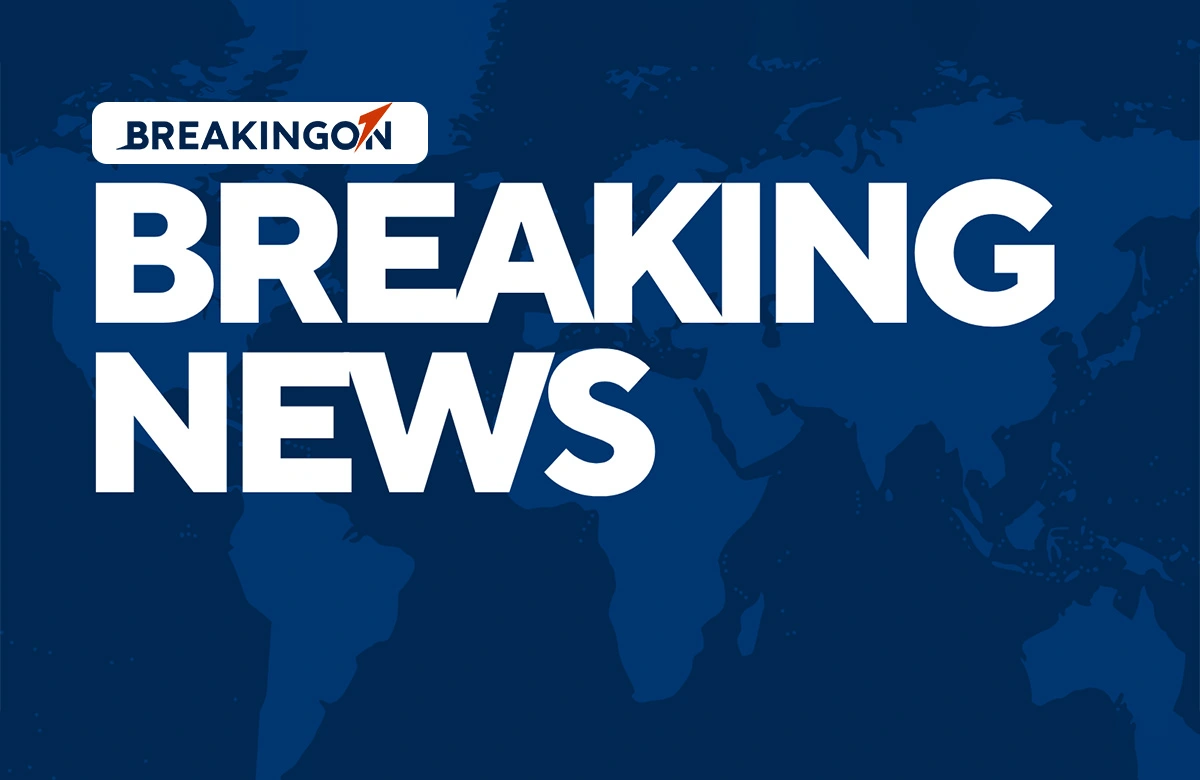
The Denver Museum of Nature and Science has a long history of sending researchers on expeditions to remote locations, from the fossil-rich grounds of North Dakota to the icy landscapes of Antarctica. However, in a surprising turn of events, the museum recently made a groundbreaking discovery right in its own parking lot. In January, while drilling test holes for a geothermal energy project, museum scientists uncovered fossilized dinosaur bones, as they announced on Tuesday.
Understanding that they would be drilling nearly 1,000 feet deep into ancient rock dating back over 65 million years to the Late Cretaceous period, the museum’s scientists seized the opportunity to extract rock samples for further study. Among the rocks they retrieved, one stood out due to its unique characteristics—pale, spongy, and brittle, and slightly smaller than a soup can. This intriguing find immediately caught the attention of researcher Bob Raynolds, who quickly alerted his colleagues.
“Bob called me and said, ‘I think we found a dinosaur,’” recalled James Hagadorn, the museum’s curator of geology. Subsequent analysis confirmed that the team had unearthed several pieces of vertebrae from a plant-eating dinosaur, though the exact species remains unidentified. This remarkable fossil was discovered buried 763 feet beneath the Denver Museum of Nature and Science, dating back approximately 67.5 million years, marking it as the oldest and deepest dinosaur fossil found within Denver city limits.
Denver has long been recognized as a prime location for paleontological research. Numerous construction projects throughout the city have serendipitously unearthed dinosaur fossils. Notably, workers discovered dinosaur bones during the construction of Coors Field, home to the Colorado Rockies and their beloved triceratops mascot. However, the museum had never considered the possibility of discovering fossils 700 feet below its own land until this recent drilling project, funded by a state grant, prompted a deeper investigation.
It was an extraordinary stroke of luck that the narrow drilling cylinder—around 2.5 inches in diameter and extending approximately 1,000 feet beneath the surface—contained the precious fossil, as Hagadorn noted. Museum staff meticulously reassembled the fossil fragments to confirm their finding. Raynolds expressed unwavering confidence in the identification of the bones the moment he saw them. Nevertheless, the museum opted to wait until July to announce the discovery, ensuring their findings were validated through a peer-reviewed paper authored by Hagadorn, Raynolds, and their colleagues.
Researchers determined that the shape of the fossil resembled a stack of poker chips or a hamburger, indicative of a series of vertebrae. The bones belonged to an ornithopod, a category of medium-sized herbivorous dinosaurs. Although the specific species remains elusive, it is believed that this dinosaur roamed the area now known as Denver when it was a lush tropical forest, with the nearby Rocky Mountains just beginning to emerge. Predators of this ornithopod may have included the fearsome Tyrannosaurus rex, which thrived during the same period.
Interestingly, alongside the dinosaur bones, researchers also found remnants of prehistoric plants, which could represent the trees that the ornithopod lived among or even its final meal. Hagadorn and Raynolds's study suggests that other drilling projects throughout Denver and nearby areas might have intersected with additional dinosaur fossils, yet rock samples are seldom preserved and analyzed for such discoveries.
“This type of discovery is an important reminder for local communities that science is literally being done below their feet,” the study emphasizes. The ornithopod bones are now proudly displayed on the first floor of the museum, part of a larger exhibit that also features another remarkable fossil discovery: a teenage T. rex unearthed by a family in North Dakota in 2022.
While fossils are frequently found in fragments, the tantalizing possibility remains that more of Denver’s ancient dinosaurs could still be buried deep beneath the museum. When asked if it would be worth searching for more fossils, Hagadorn humorously remarked, “I think the museum would fall into the hole if we dug a hole that big.”